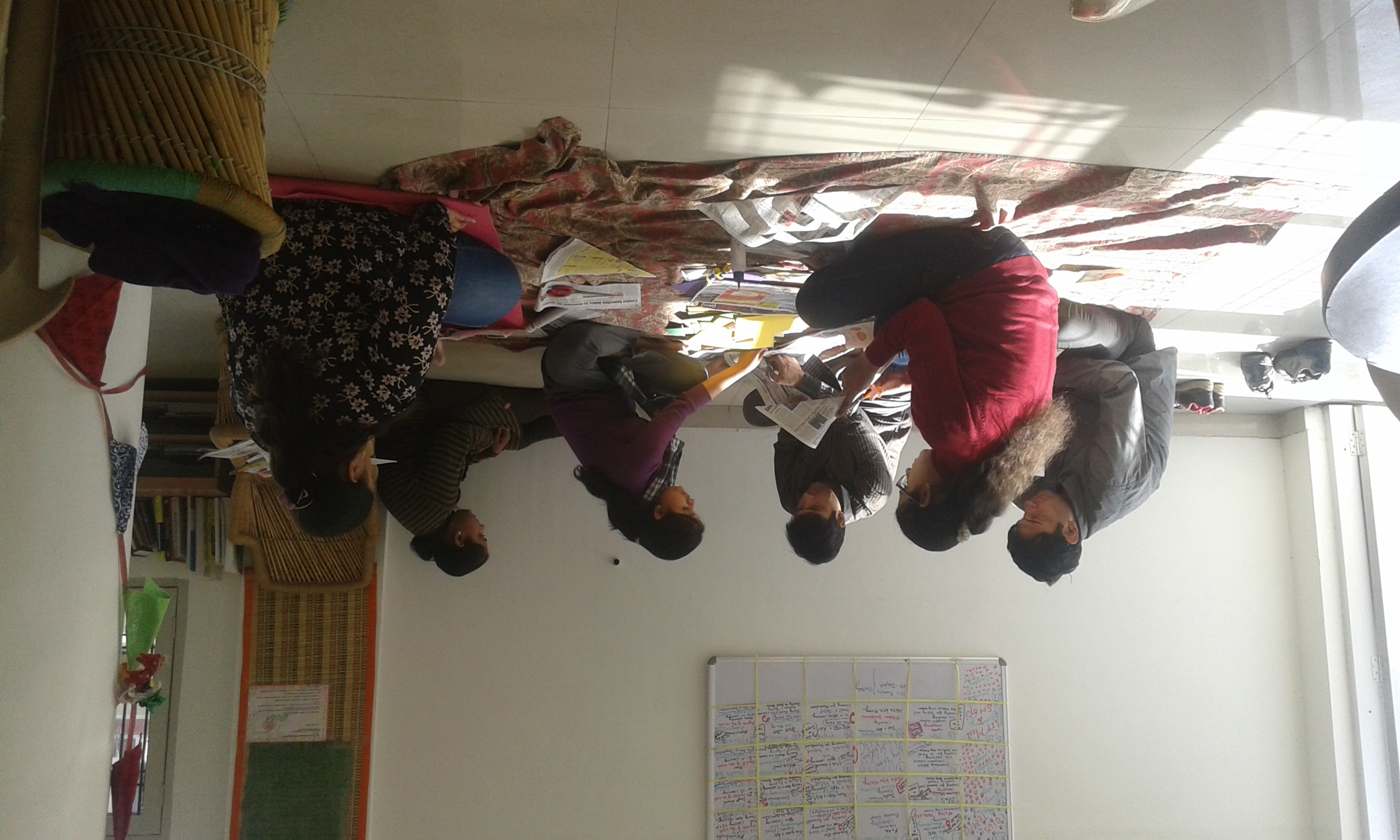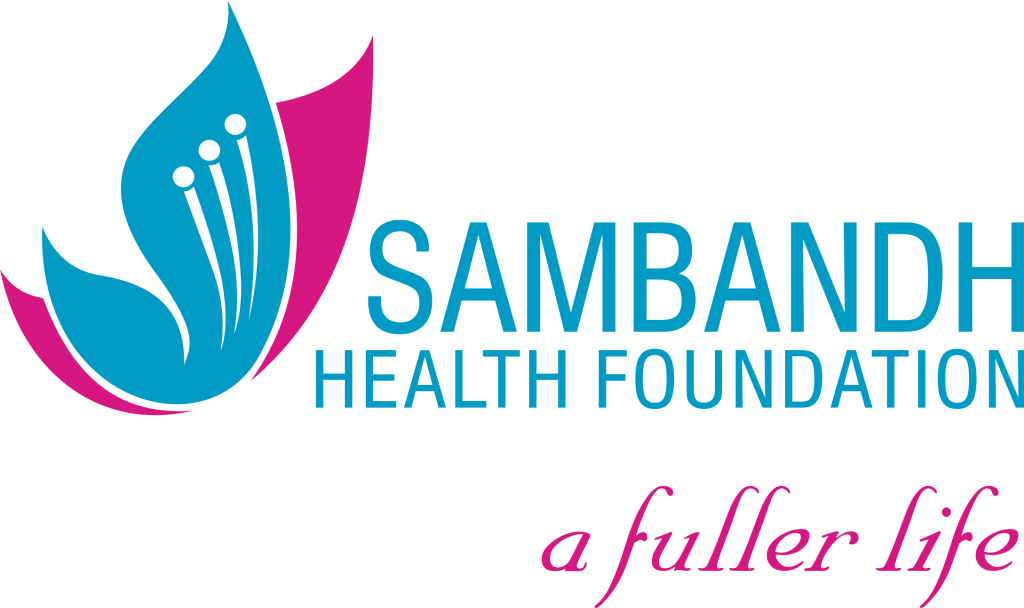Mental health in india
About 13.7% of the Indian population is affected by mental illness at some point in their life
Mental Illnesses includes common mental disorders (CMD) like mild depression and anxiety, and severe mental disorders (SMD) like schizophrenia, bipolar disorder, anxiety disorder, OCD and others. In India about 1.9% of the population is known to suffer from SMDs, which translates to over 25 million people. Additionally, over 150 million people are in need of active intervention.
(In 2018, Gurgaon city had some 60,000 people suffering from Severe Mental Disorders.)
Psychiatric intervention and medication is an integral part of recovery from mental illness. But getting symptoms under control is not a comprehensive solution. The person needs to integrate back into society, and engage in and with education, work, family life and social relationships, to be able to live a full life like the rest of us. It is important for people to be able to see themselves as separate from the illness and focus on their human potential to regain their self-esteem and self-confidence.
Recovery is about resetting goals which are personally meaningful. It is about building hope and changing attitudes. Once people come out of the catastrophic effect of mental illness they are able to draw their supports from the community and make meaningful contributions to it.
[1] Figure 7: Prevalence of mental disorders (Weighted Percentage), National Mental Health Survey of India 2015-16, Implemented by NIMHANS

